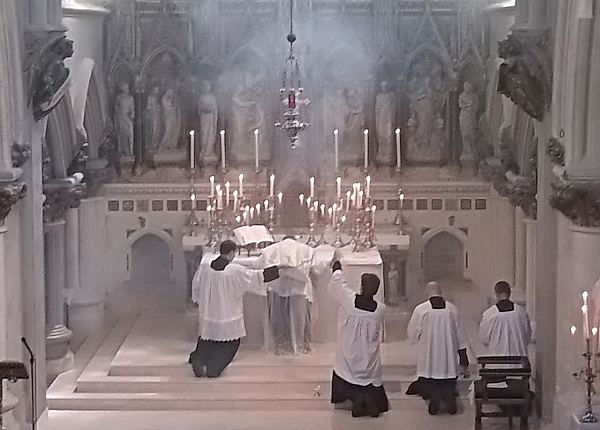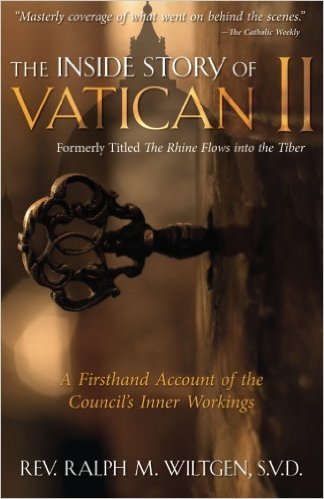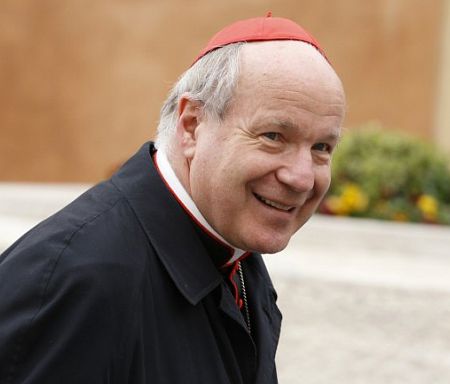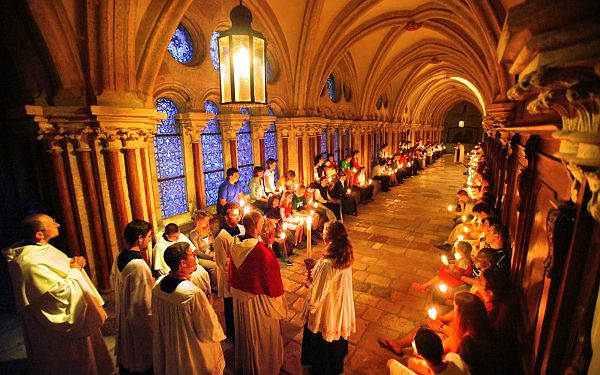Mange reaksjoner på paven dokument «Amoris lætitia»
Fra det engelske Catholic Herald tar jeg med tre artikler om «Amoris lætitia». Den første artikkelen helter Amoris Laetitia: What people are saying, og den starter slik:
Church leaders have welcomed the apostolic exhortation Amoris Laetitia, which was published on Friday.
Cardinal Wilfred Napier of Durban said: “What is new about this exhortation is its tone,” that it exhorted ministers “to be warm and caring in the way they deal with people in difficult circumstances”. Archbishop Diarmuid Martin of Dublin identified “a unifying thread: The Gospel of the family is challenging and demanding, but … with the grace of God and his mercy, is attainable and fulfilling, enriching and worthwhile”.
Archbishop Mark Coleridge of Brisbane described the heart of the interview thus: “A genuinely pastoral approach to marriage and the family begins with the facts.” For Cardinal O’Malley of Boston, “Pope Francis challenges us to approach the weak with compassion.” ….
Den andre artikkelen heter When apostolic exhortations are too long all we are left with is spin, og inneholder bl.a.:
… the Pope’s recent apostolic exhortation, Amoris Laetitia, weighs in at 60,000 words or thereabouts. According to Fr Raymond de Souza, this makes Amoris Laetitia the longest document of the Papal Magisterium ever. The encyclicals of St John Paul II, which have been of lasting value to the Church, are long by the standards of his predecessors, but Amoris Laetitia beats all records.
This strikes me as unfortunate. When one writes anything – novel, article, or apostolic exhortation – one does so in the hope that it will be read as widely as possible. But when one’s apostolic exhortation is of record breaking length, the chances of it finding a wide readership become correspondingly slim. It simply won’t be read by the man and woman in the pew. The only people who will read it will be professional theologians and commentators, and many of the latter will skim read it, and mine it for quotations. Thus most people who hear about Amoris Laetitia will do so at second hand, and even then in a way that may well warp the meaning of the original. Given the unmanageability of the work itself, what we will be left with is the spin; neither will we be able to counsel people to read the original for themselves and make their own judgment.
Papal documents have been getting longer and longer of late. Perhaps one needs to remember that these are letters, like the pastoral letters that our bishops address to the faithful a few times a year and which are read out in church. A Papal letter than could be read out in all churches would really make people sit up and pay attention. …
Den tredje artikkelen heter Cardinal Burke: ‘Amoris Laetitia does not change Church teaching’, og her leser vi bl.a.:
… cardinal Burke said that “Pope Francis makes clear, from the beginning, that the post-synodal apostolic exhortation is not an act of the magisterium” and that “it is written as a reflection of the Holy Father on the work of the last two sessions of the Synod of Bishops (on the family).”
“A post-synodal apostolic exhortation, by its very nature, does not propose new doctrine and discipline but applies the perennial doctrine and discipline to the situation of the world at the time,” Cardinal Burke wrote.
The cardinal continued: “With the publication of Amoris Laetitia, the task of pastors and other teachers of the faith is to present it within the context of the Church’s teaching and discipline, so that it serves to build up the Body of Christ in its first cell of life, which is marriage and the family. …


 Jeg har nå begynt å lese (en Kindle-utgave av) boka The Rhine Flows Into the Tiber, jeg leser den utvidede utgaven fra 1991 kalt
Jeg har nå begynt å lese (en Kindle-utgave av) boka The Rhine Flows Into the Tiber, jeg leser den utvidede utgaven fra 1991 kalt 






